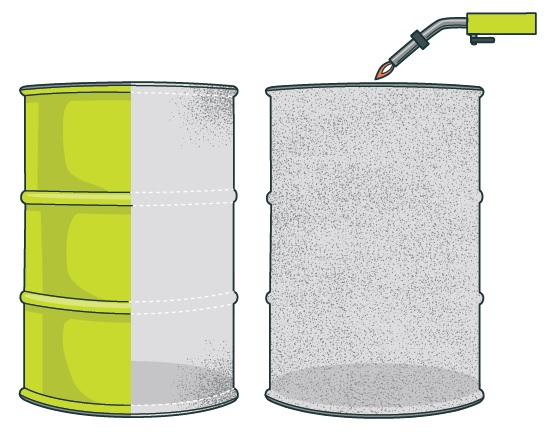WorkSafe Consultations, Guidance, Newsletters and Feedback
Where you can find updates for WorkSafe consultations, guidance, newsletters and feedback.
WorkSafe Consultations
You will find a range of health and safety consultations on issues that affect New Zealand workplaces
Whether you‘re a representative from a large company, a self-employed contractor or an interested member of the public, your opinions count.
Your views are important, and we encourage you to have your say.
If you have any queries about the draft guidance or the submission process, please email us at [email protected].
Have your say: asbestos guidance for tradespeople
WorkSafe are consulting on new draft asbestos-related guidance for tradespeople on how to keep safe when working with or near asbestos.
What these guidelines are about
Tradespeople will often come across asbestos or asbestos containing materials (ACMs) while doing their work. When asbestos is disturbed, tiny fibres can be released. Breathing them in can cause lung cancer, asbestosis, mesothelioma or other serious lung diseases.
Tradespeople have a duty to manage the risk of asbestos exposure to themselves, their workers, and others when working with or near asbestos or ACMs.
Deadline for submissions
The deadline for receiving submissions is 5pm on Friday 12 September 2025.
WorkSafe Newsletters
During the year WorkSafe send out newsletters to keep you informed. You can subscribe to WorkSafe these newsletters to get them directly into your mailbox.
Newsletters:
September 2025 Work-Related Health Newsletter
May 2025 Work-Related Health Newsletter
February 2025 Work-Related Health Newsletter
WorkSafe Guidance and Feedback
Health & Safety at Work Act presentation - Gordon MacDonald, former Chief Executive, WorkSafe NZ

